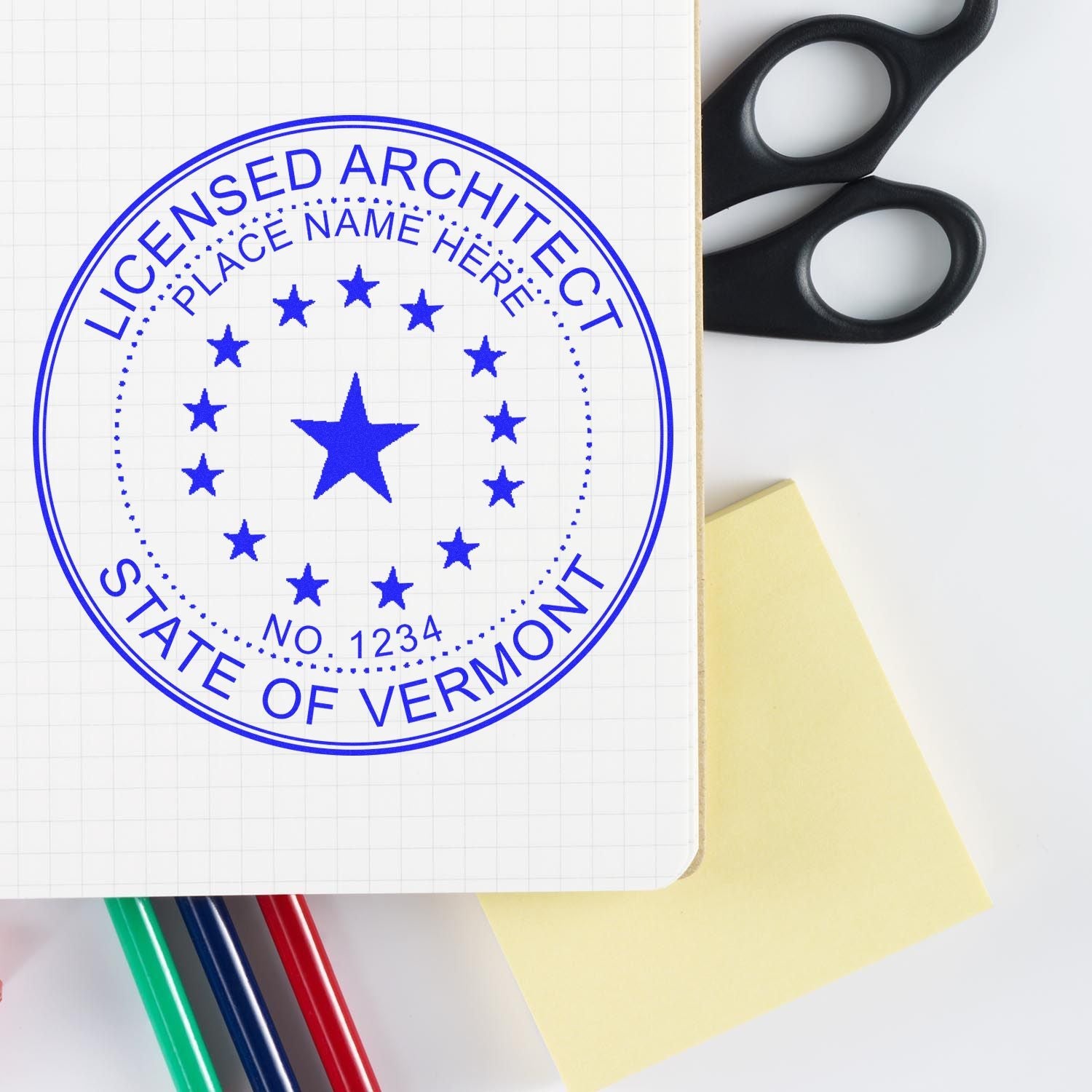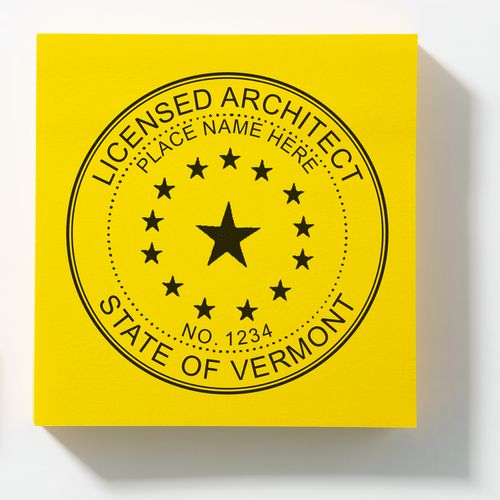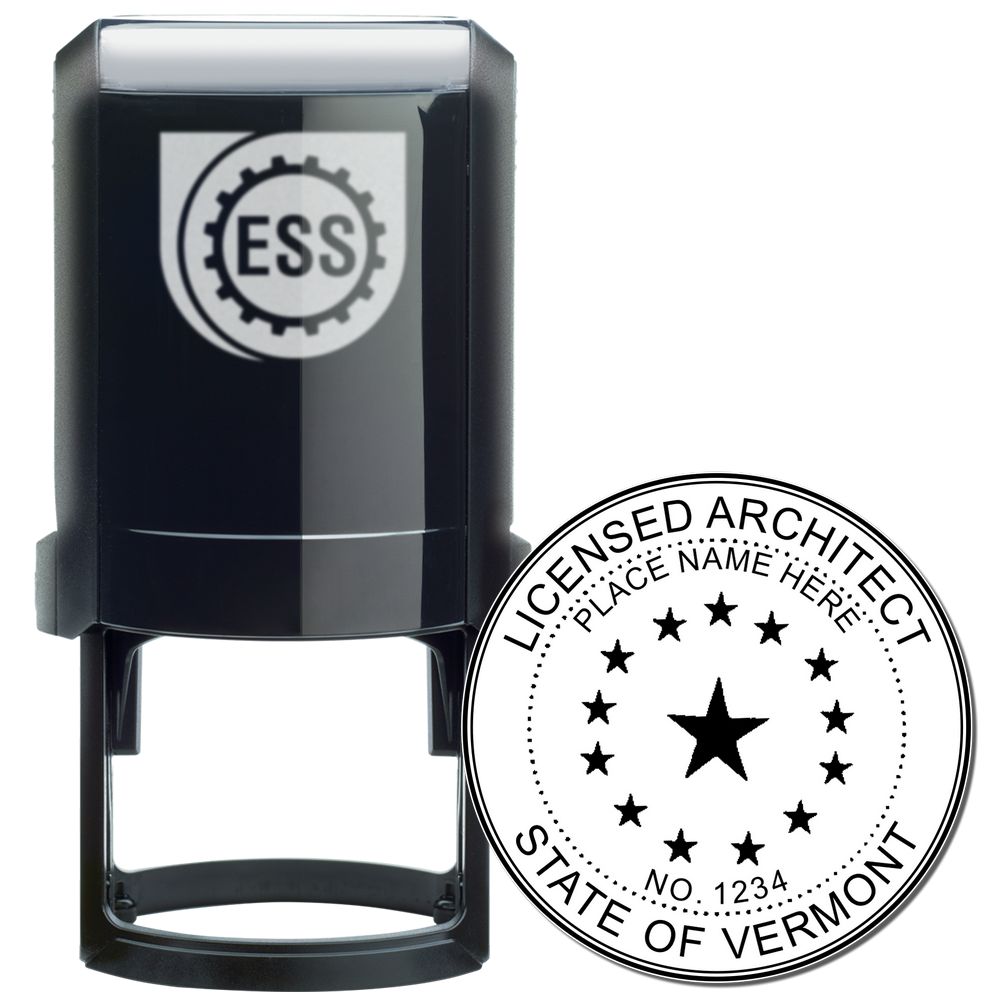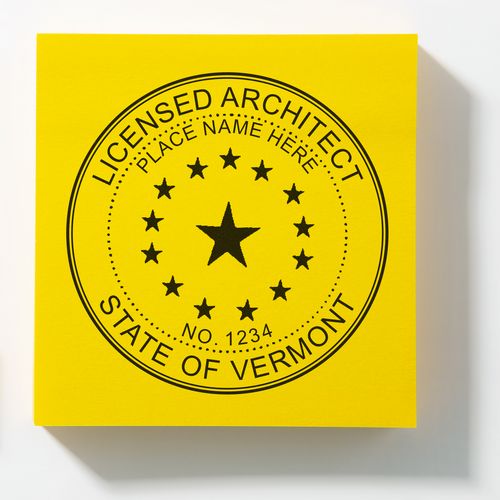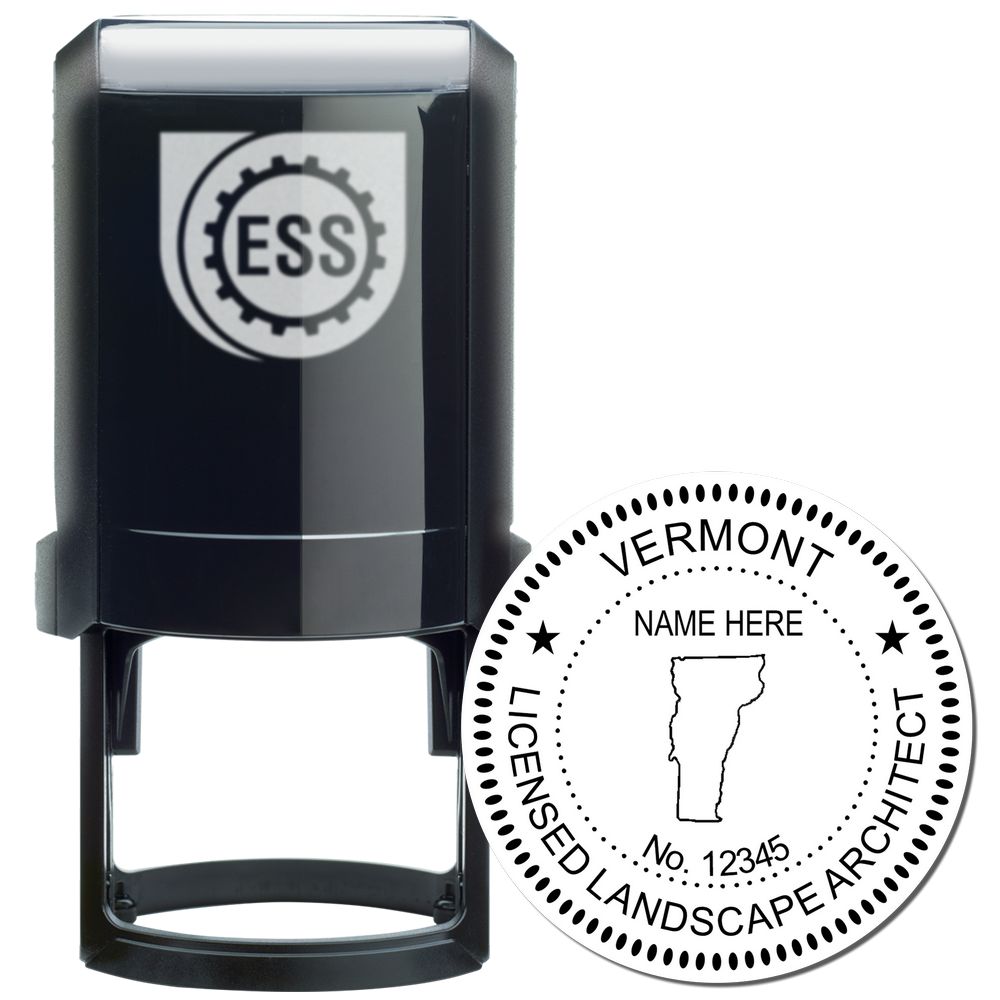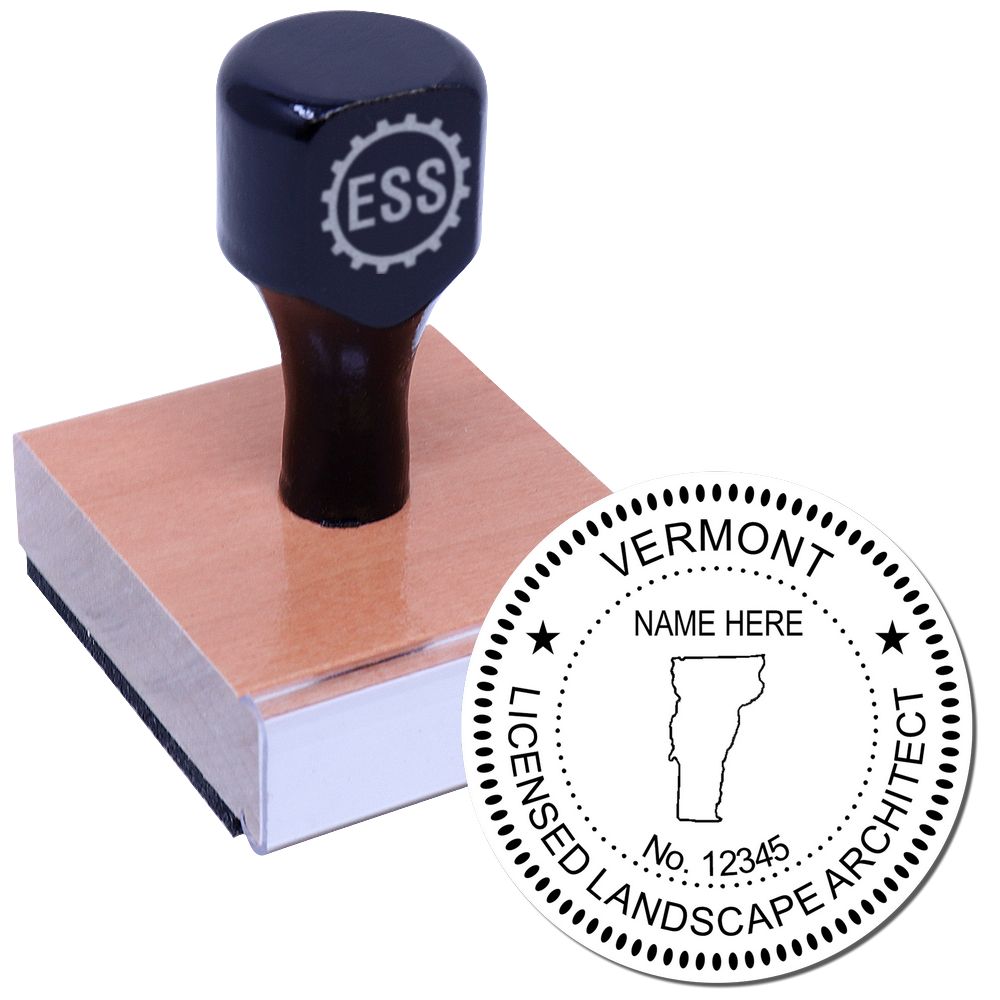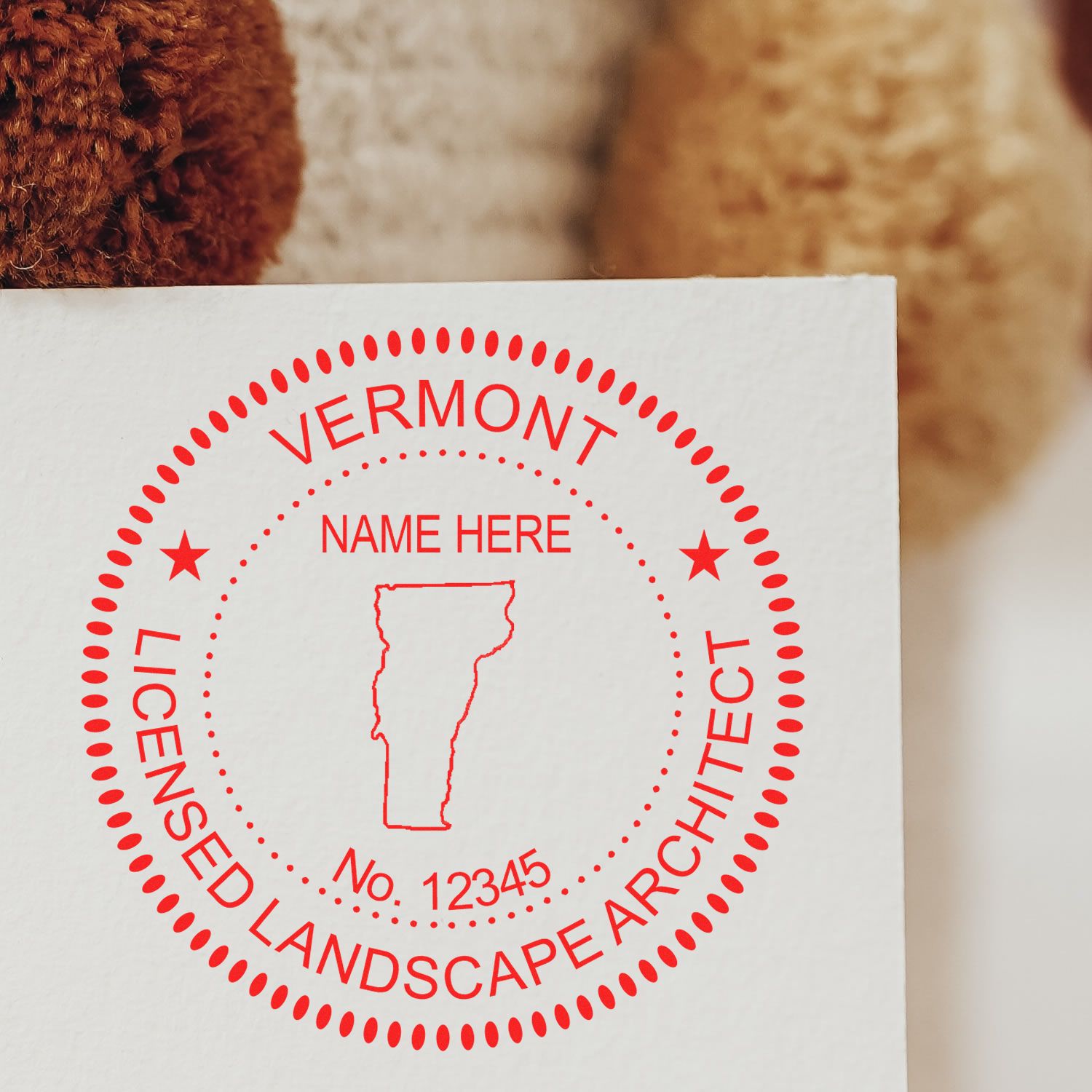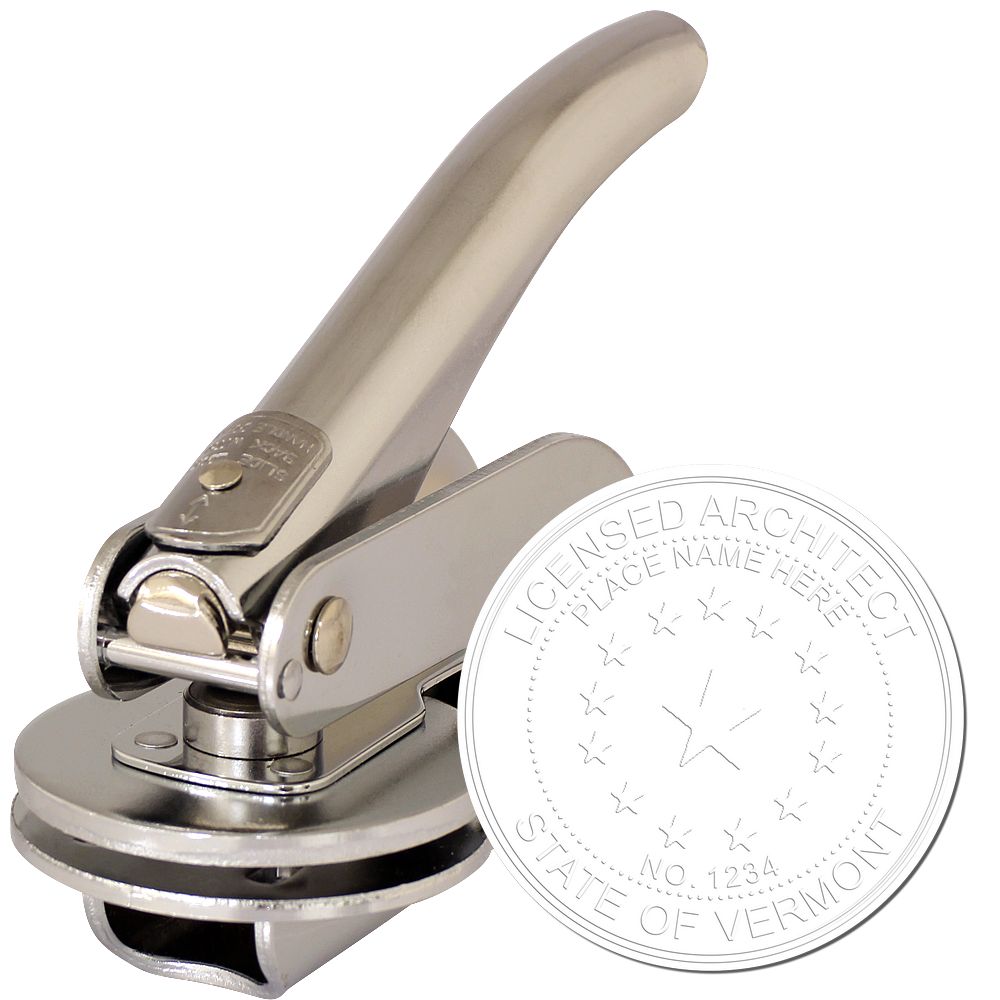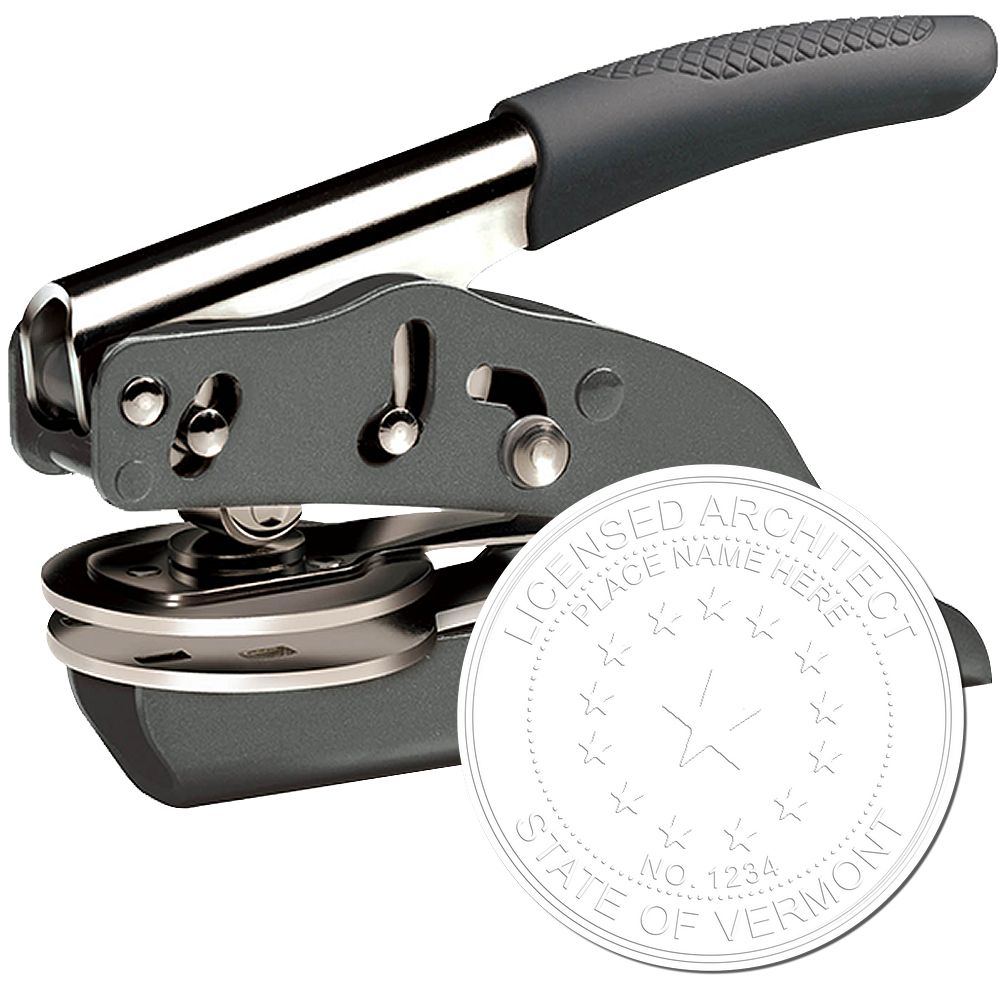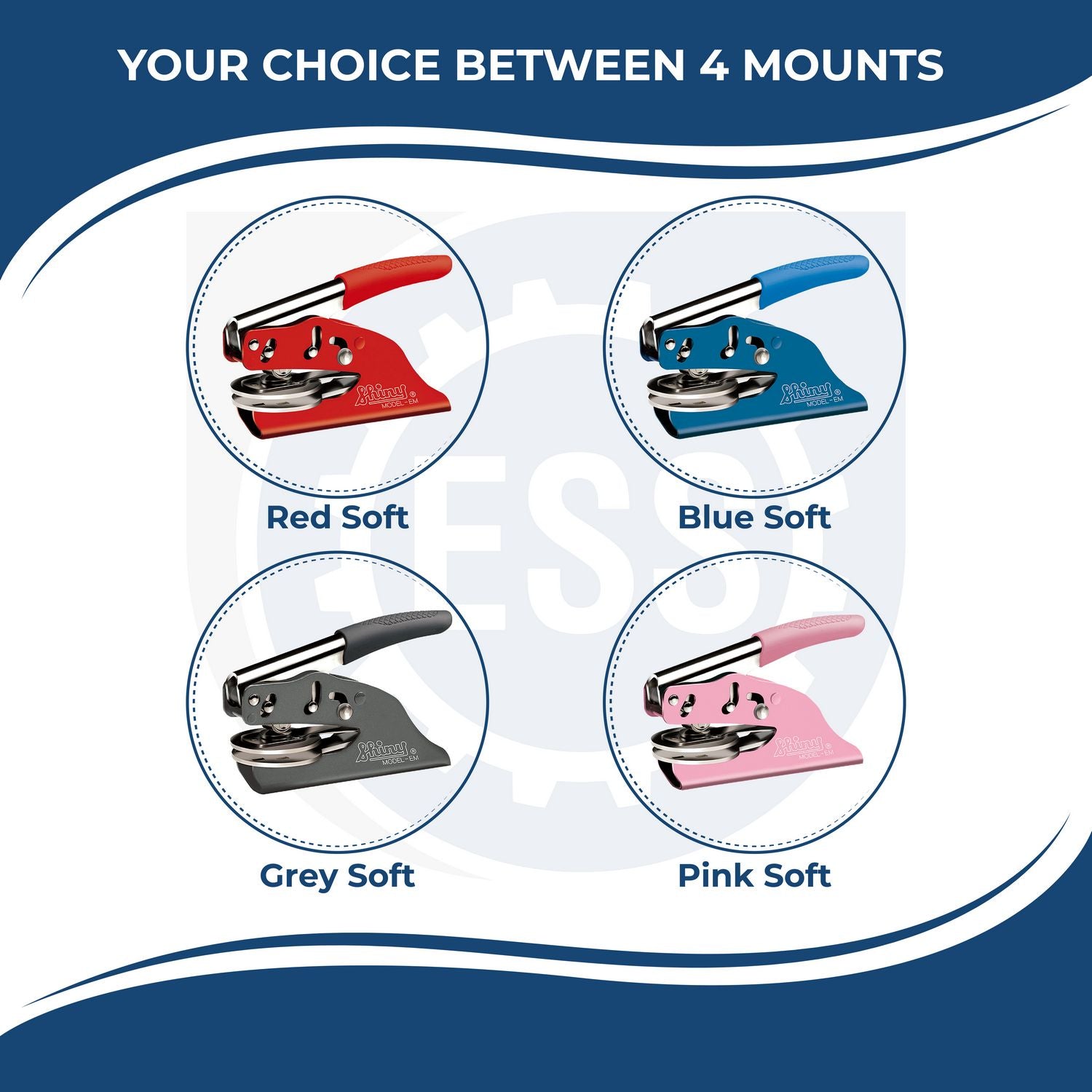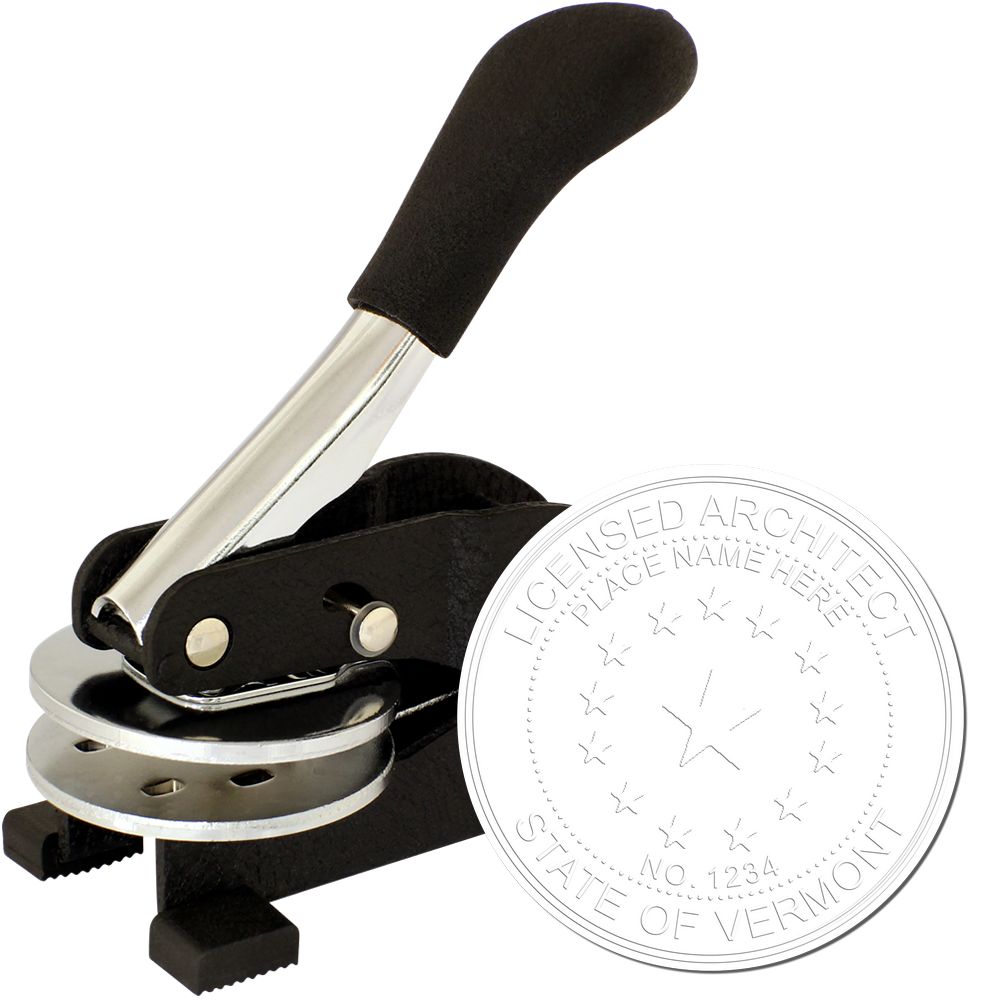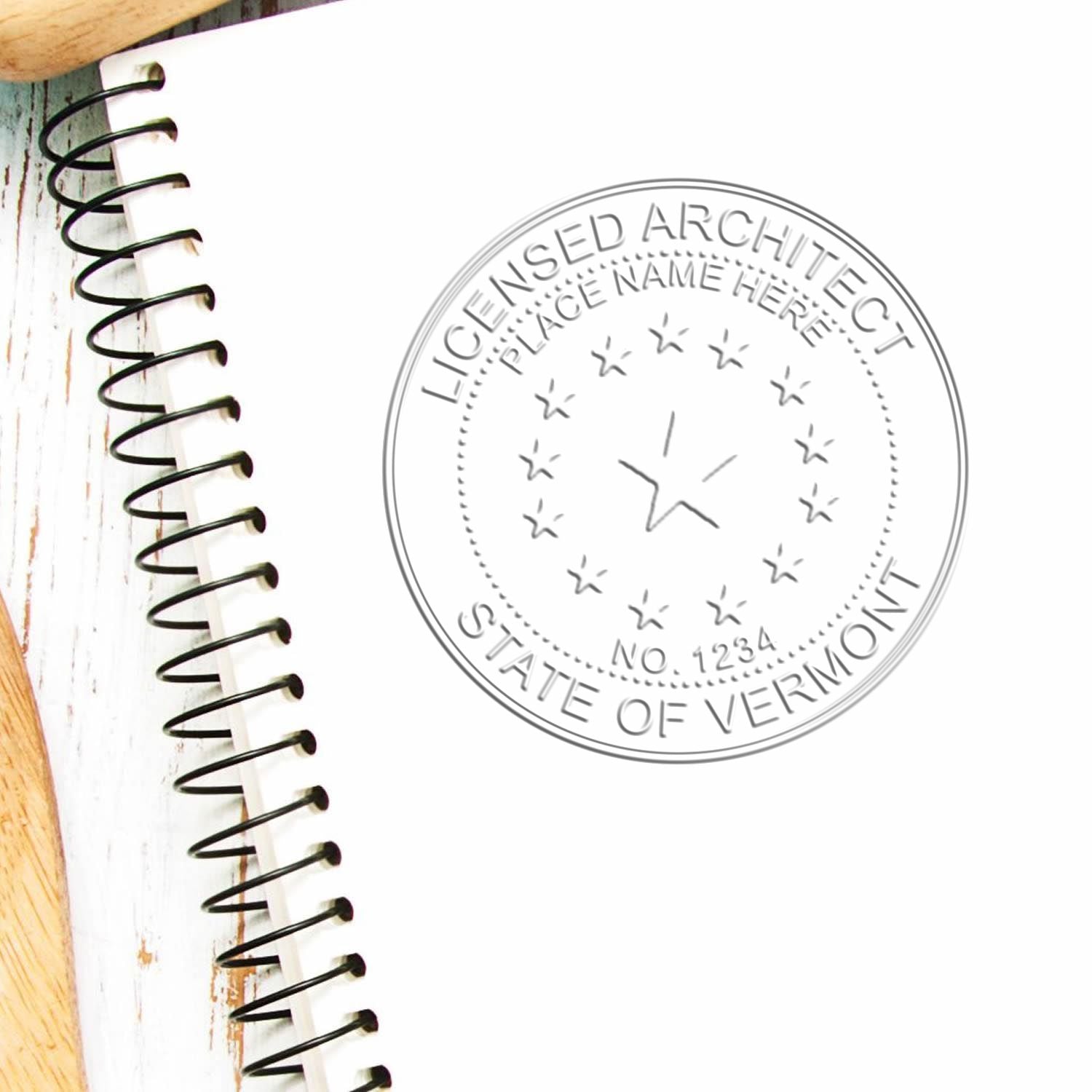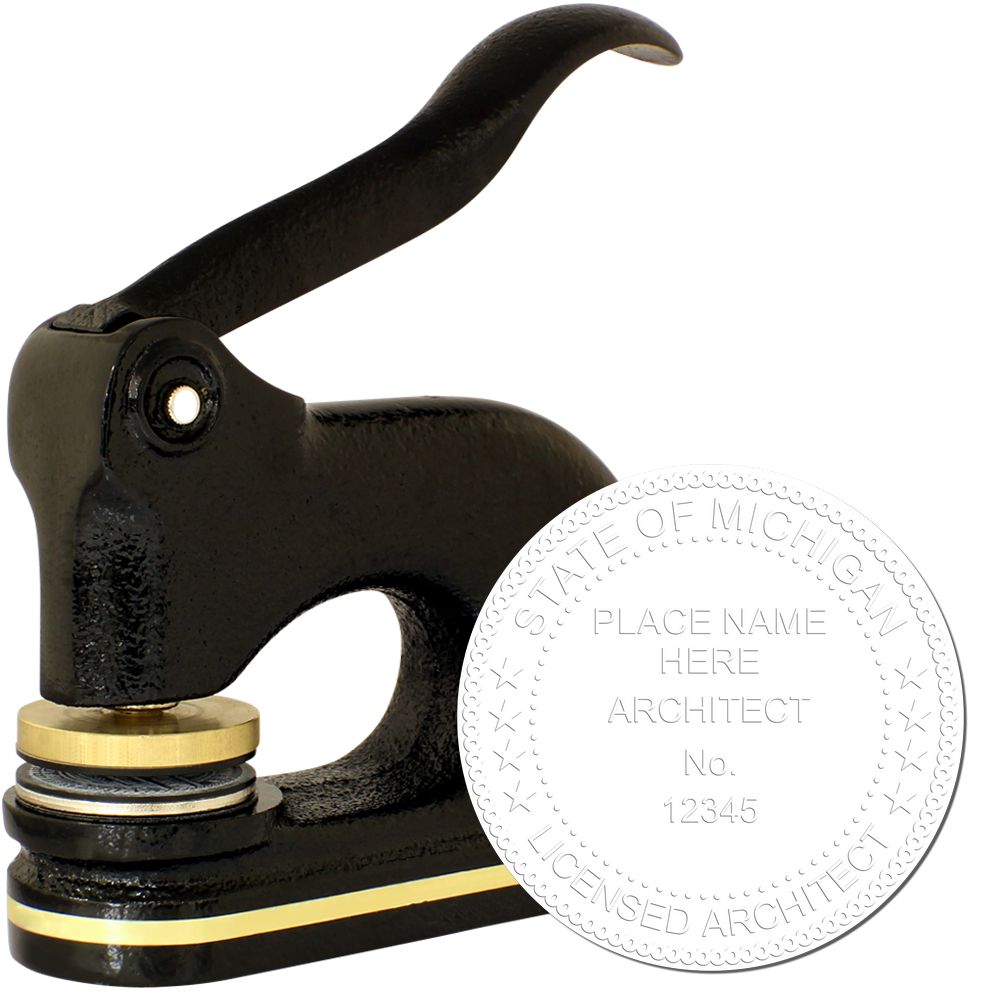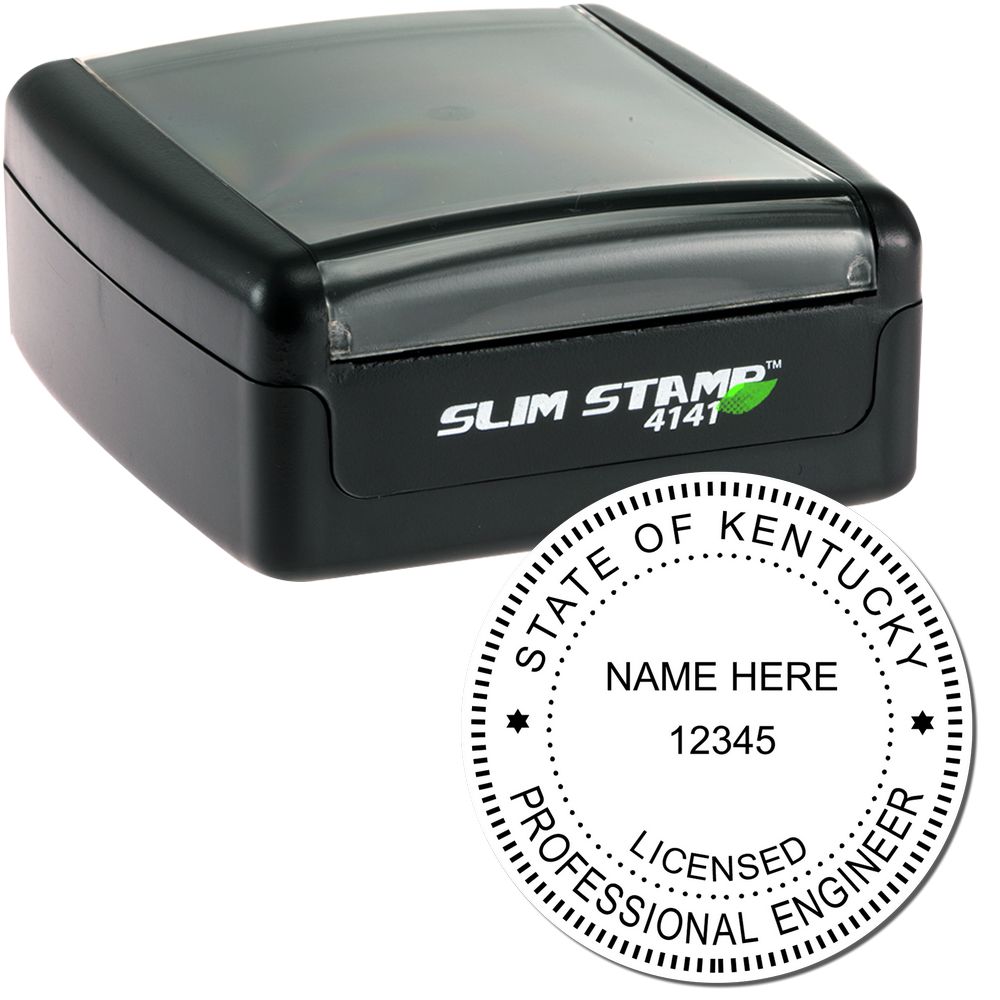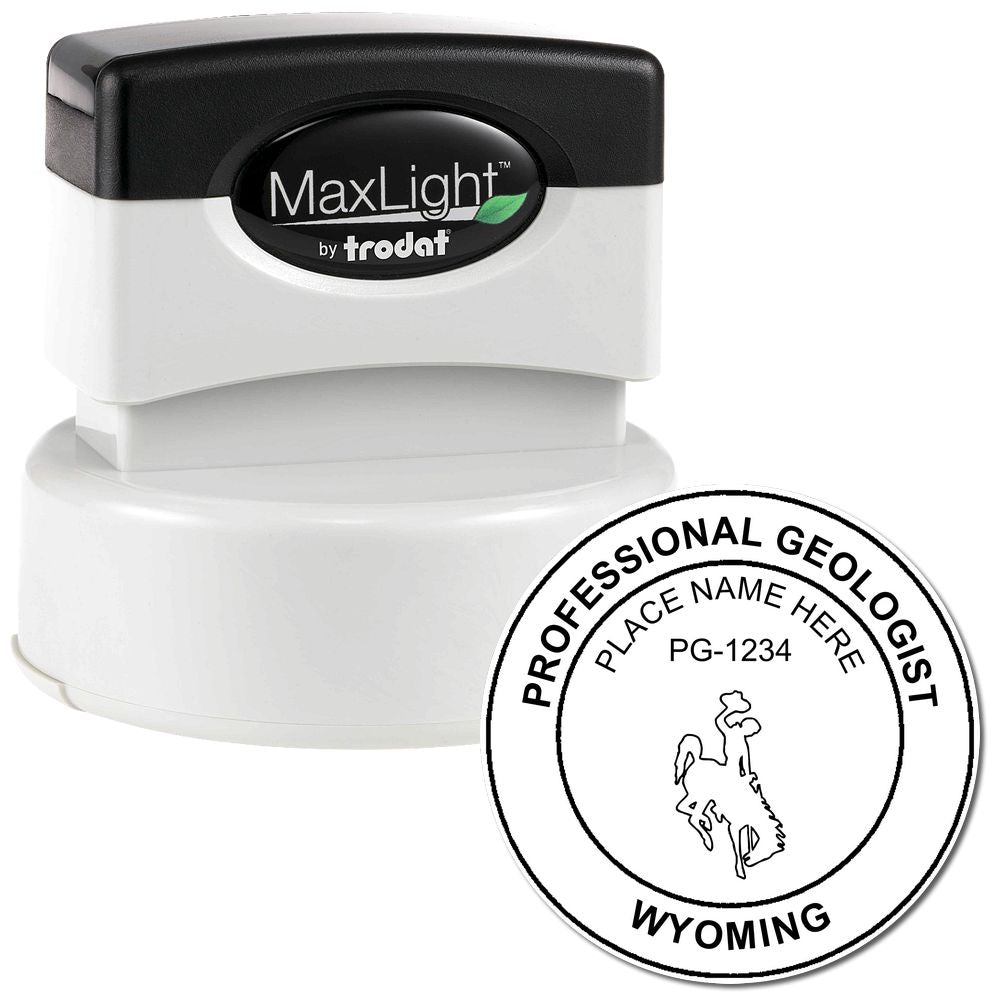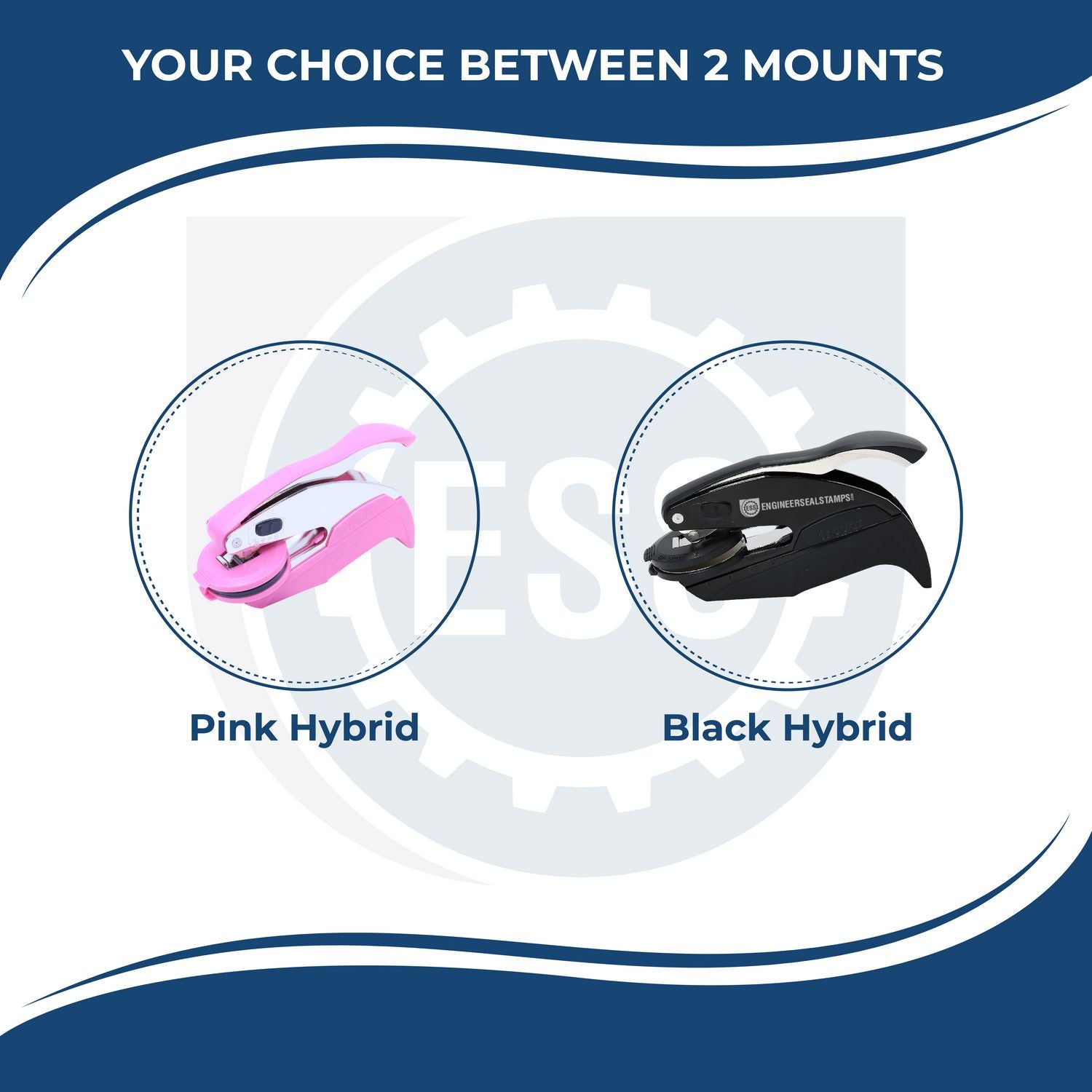Understanding Vermont Architect Stamps and Seals
Architect stamps and seals play a significant role in the architectural profession, serving as a mark of authenticity and accountability. In Vermont, architect stamps and seals are subject to specific guidelines and requirements. Let's explore the importance of architect stamps and seals, as well as an overview of the Vermont architect stamp guidelines.
The Importance of Architect Stamps and Seals
Architect stamps and seals are essential tools that demonstrate the professional responsibility and expertise of architects. These stamps and seals are used to authenticate architectural drawings, plans, and documents, indicating that a licensed architect has reviewed and approved them.
Architect stamps and seals provide a sense of confidence and trust to clients, building officials, and other stakeholders involved in the construction process. They signify that the architect's work complies with relevant building codes, regulations, and industry standards. Additionally, architect stamps and seals help protect public safety by ensuring that buildings are designed and constructed by qualified professionals.
Overview of Vermont Architect Stamp Guidelines
In Vermont, architect stamps and seals are regulated by the Vermont Board of Architects, which sets guidelines to maintain professional standards and protect the public interest. These guidelines outline the specific requirements for the design, size, information, and usage of architect stamps and seals.
Architects in Vermont are required to use an official architect stamp or seal on their architectural documents. The stamp or seal must meet the design and size specifications outlined by the Vermont Board of Architects. For detailed information on the specific requirements, you can refer to our article on Vermont architect seal requirements.
The architect stamp or seal should prominently display the architect's name, license number, and the words "Registered Architect" or "Architect" in a legible manner. This information ensures that the architect's identity and credentials are clearly communicated.
To obtain a Vermont architect stamp or seal, architects can follow the ordering and purchasing process provided by approved stamp vendors. These vendors offer products that meet the Vermont Board of Architects' requirements. You can find a list of approved stamp vendors in our article on Vermont architect seal.
Understanding the guidelines and requirements for Vermont architect stamps and seals is crucial for architects practicing in the state. By adhering to these guidelines, architects can maintain professional standards, protect public safety, and demonstrate their expertise and accountability in the field of architecture.
Requirements for Vermont Architect Stamps
To ensure compliance with the Vermont Architect Stamp Guidelines, architects must adhere to specific requirements when designing and using their stamps. This section will outline the stamp design and size specifications as well as the information and elements that must be included on the stamp.
Stamp Design and Size Specifications
When it comes to the design of Vermont architect stamps, there are certain specifications that must be followed. The stamp should have a clear and professional appearance, reflecting the architect's credentials and authority. Here are the key design and size specifications to consider:
- Stamp Shape: The stamp should be circular or rectangular in shape.
- Stamp Size: The diameter of a circular stamp should not exceed 2 inches, while the length and width of a rectangular stamp should not exceed 1.75 inches.
- Stamp Ink Color: The ink color used for the stamp impression should be dark, preferably black or blue, to ensure legibility.
It's important to note that the design specifications may vary depending on the specific requirements set by the Vermont Board of Architects. Architects should refer to the official guidelines or consult with the board for any additional design specifications.
Information and Elements to Include on the Stamp
The information and elements that must be included on the Vermont architect stamp are essential for identification and verification purposes. These details help ensure that the architect's stamp is valid and can be traced back to its source. Here are the key pieces of information and elements that should be included on the stamp:

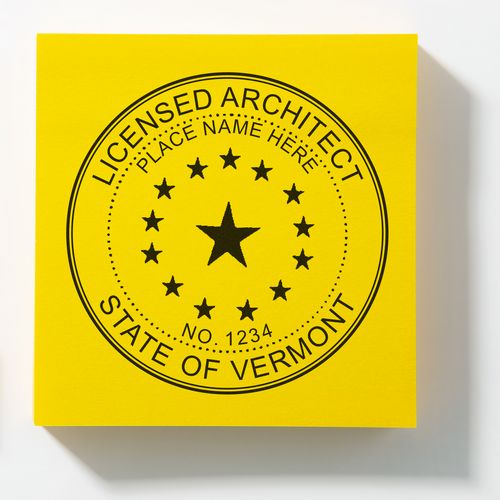
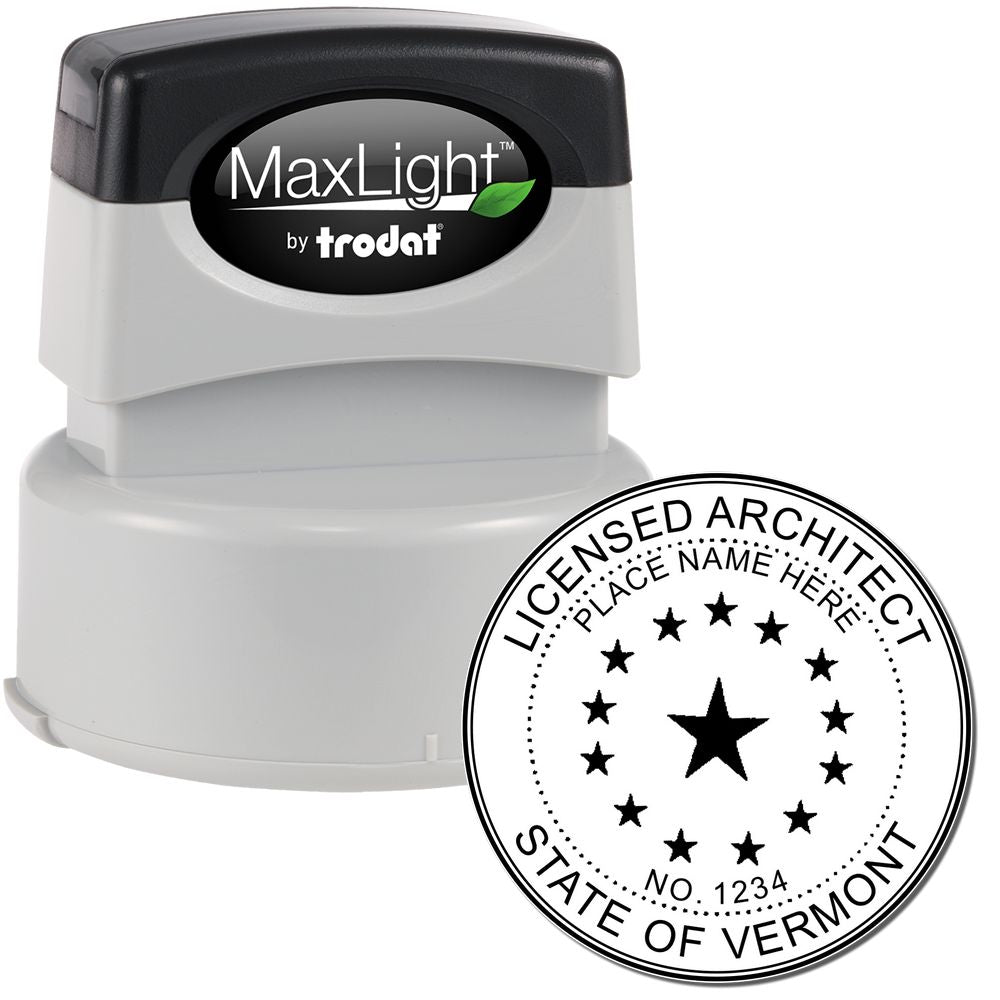
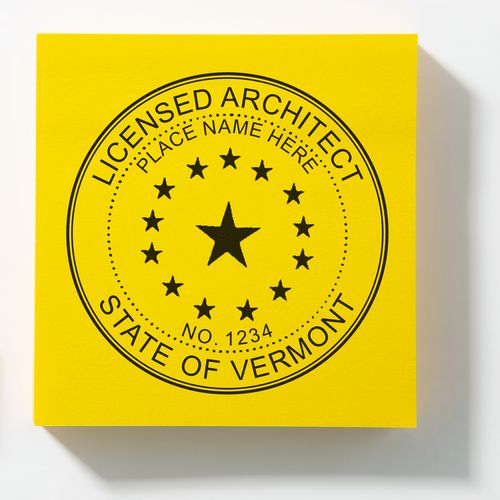
- Architect's Name: The full legal name of the architect must be present on the stamp. Ensure that the name is clear and legible to avoid any confusion.
- Architect's License Number: The architect's license number, issued by the Vermont Board of Architects, should be included on the stamp. This number helps in verifying the authenticity of the stamp.
- Title: The architect's professional title, such as "Architect" or "Registered Architect," should be clearly displayed on the stamp.
- Seal of Vermont: The official seal of Vermont, often referred to as the Vermont state seal, should be present on the stamp. This signifies that the architect is authorized to practice in the state.
By including these required elements on the Vermont architect stamp, architects can ensure that their stamps meet the necessary guidelines and are legally valid. It is crucial to verify the specific requirements set by the Vermont Board of Architects to ensure full compliance. For more information on Vermont architect stamps and seals, refer to our article on Vermont architect seal requirements.
In the next section, we will explore the guidelines for using Vermont architect stamps, including when and where to use them, as well as proper placement and impression requirements.
Guidelines for Using Vermont Architect Stamps
Once you have obtained your Vermont architect stamp or seal, it's important to understand the guidelines for its proper usage. This section will outline when and where to use the stamp and the specific requirements for its placement and impression.
When and Where to Use the Stamp
As a licensed architect in Vermont, it is crucial to use your architect stamp or seal in the appropriate situations. The stamp is typically required on documents that are prepared by or under the direct supervision of the architect. Common examples include architectural drawings, plans, specifications, and other construction documents.
It's important to note that the Vermont Board of Architects has established specific guidelines regarding the use of the architect stamp. Familiarize yourself with these guidelines to ensure compliance and avoid any potential issues. For more information on the requirements for the Vermont architect seal, refer to our article on Vermont architect seal requirements.
Proper Placement and Impression Requirements
When using your Vermont architect stamp, it is essential to follow the proper placement and impression requirements. The stamp should be affixed in a visible and legible manner on the documents. The placement should be such that the stamp does not interfere with the readability of the content and does not cover or obscure any important information.
The impression made by the stamp should be clear, sharp, and well-defined. It should include all the required information and elements as specified by the Vermont Board of Architects. This typically includes the architect's name, license number, and the words "Registered Architect" or an approved abbreviation. The size and design specifications of the stamp should also be in accordance with the guidelines provided.
By adhering to the proper placement and impression requirements, you ensure that your architect stamp or seal is valid, legitimate, and easily recognizable. This helps to maintain the integrity of your documents and enhances your professional credibility.
Understanding the guidelines for using your Vermont architect stamp or seal is an essential part of being a licensed architect. By following the proper procedures and requirements, you can confidently incorporate the stamp into your architectural documents and demonstrate your compliance with the regulations set forth by the Vermont Board of Architects.
Obtaining a Vermont Architect Stamp
Once you are familiar with the requirements and guidelines for Vermont architect stamps, the next step is to obtain one. This section will outline the ordering and purchasing process as well as provide information on resources for finding approved stamp vendors.
Ordering and Purchasing Process
To obtain a Vermont architect stamp, you must go through an established process. Here are the general steps involved in ordering and purchasing your stamp:
-
Identify your stamp needs: Determine the type and size of stamp required for your professional practice. Refer to the Vermont architect seal requirements to ensure compliance.
-
Choose a reputable stamp vendor: Select a reliable stamp vendor that specializes in architect seals and stamps. Consider vendors who offer customizable options and ensure their products meet the necessary specifications.
Save 20%
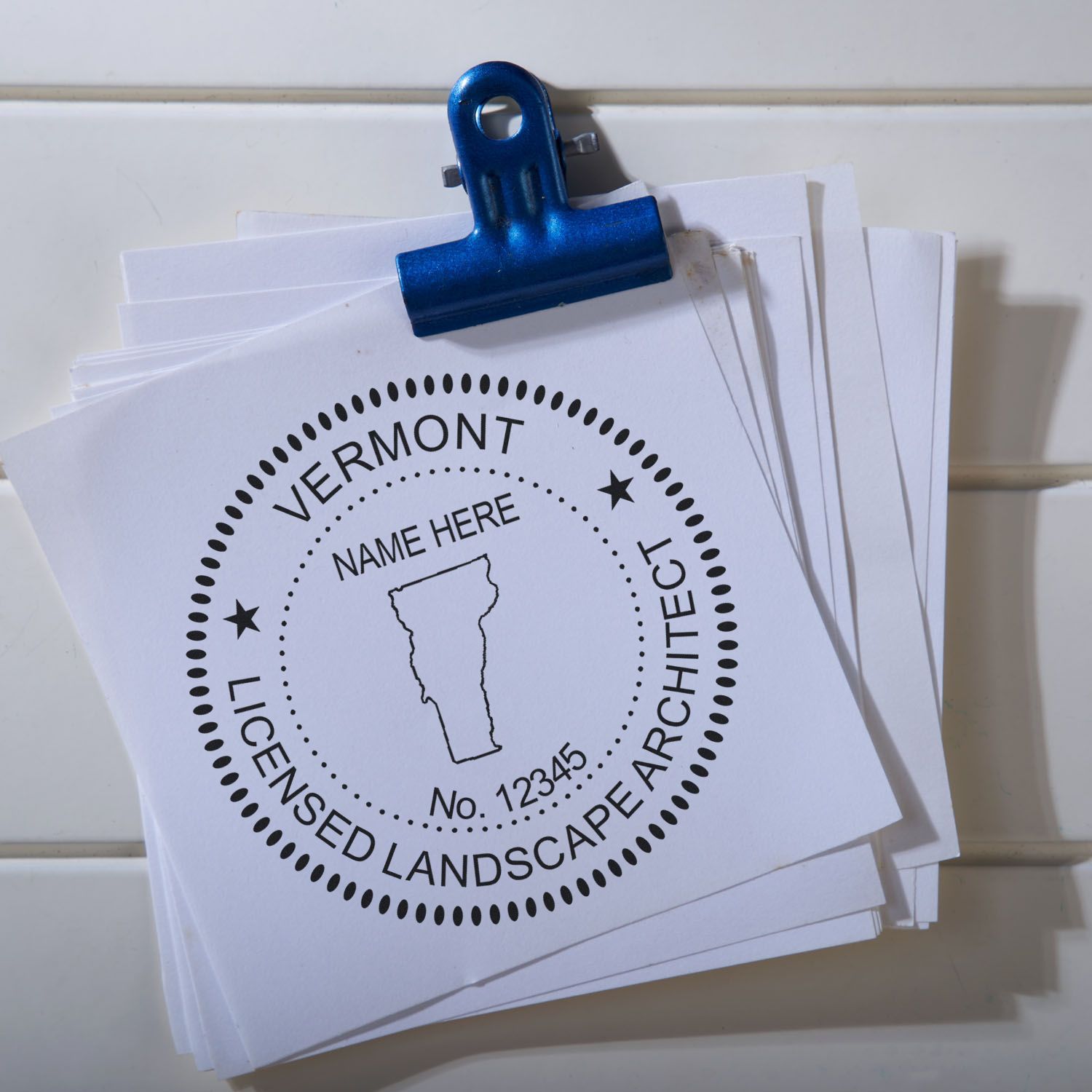 Digital Vermont Landscape Architect Stamp, 6 File Types3008LA-VTSale price$20.00 Regular price$25.00Save 15%
Digital Vermont Landscape Architect Stamp, 6 File Types3008LA-VTSale price$20.00 Regular price$25.00Save 15%
 Premium MaxLight Pre-Inked Vermont Landscape Architectural Stamp3021LA-VTSale price$46.95 Regular price$54.95
Premium MaxLight Pre-Inked Vermont Landscape Architectural Stamp3021LA-VTSale price$46.95 Regular price$54.95 -
Design your stamp: Work with the stamp vendor to create a design that includes the required elements and complies with the size specifications outlined by Vermont's architect stamp guidelines. This may include your name, license number, and the words "Registered Architect" or "Architect" as required.
-
Place your order: Once you have finalized the design, submit your order to the stamp vendor. Provide all the necessary information and verify that the details are accurate before proceeding with the purchase.
-
Wait for delivery: After placing your order, the stamp vendor will process your request and manufacture your custom Vermont architect stamp. The delivery time may vary depending on the vendor and shipping method chosen.
-
Receive your stamp: Once your stamp is ready, it will be shipped to your specified address. Upon receipt, inspect the stamp to ensure it matches your order and meets the required specifications.
Resources for Finding Approved Stamp Vendors
Finding a reputable stamp vendor is an essential part of obtaining a Vermont architect stamp. Here are some resources to help you find approved stamp vendors:
-
Professional Organizations: Check with professional organizations such as the Vermont chapter of the American Institute of Architects (AIA) or the Vermont Board of Architects to get recommendations for reliable stamp vendors. They may have a list of approved vendors or provide guidance on selecting a reputable supplier.
-
Online Search: Conduct an online search for "Vermont architect stamp vendors" or "Vermont architect seal suppliers" to find a variety of vendors. Ensure that the vendors you consider are knowledgeable about Vermont's specific requirements and have positive customer reviews.
-
Referrals and Recommendations: Reach out to colleagues and fellow architects who have previously purchased Vermont architect stamps. Ask for their recommendations and insights into their experiences with different vendors.
When selecting a stamp vendor, it's important to choose one that offers high-quality products, excellent customer service, and prompt delivery. Additionally, ensure that the vendor understands the specific requirements outlined by Vermont's architect stamp guidelines.
By following the appropriate ordering process and selecting a reputable vendor, you can obtain a Vermont architect stamp that meets all the necessary guidelines and requirements for your professional practice.
Frequently Asked Questions
Here are some frequently asked questions about Vermont architect stamps and seals:
Are there any restrictions on stamp colors?
In Vermont, there are no specific restrictions on the colors that can be used for architect stamps. However, it is recommended to use a color that provides a clear and legible impression on the documents. Many architects choose traditional colors such as black, blue, or red for their stamps. It's important to ensure that the color contrast between the stamp and the document is sufficient for easy identification. If you have specific concerns or questions about stamp colors, it's recommended to refer to the Vermont architect seal requirements or consult with the appropriate regulatory authorities.
Can I use an electronic or digital stamp in Vermont?
As of now, Vermont does not allow the use of electronic or digital stamps for architectural purposes. The state requires architects to use physical stamps or seals for official documentation. It's important to ensure that your architect stamp complies with the guidelines set forth by the Vermont Board of Architects. If you are looking to purchase a Vermont architect stamp or seal, you can explore approved stamp vendors who offer compliant products. For more information on Vermont architect stamps, you can refer to our article on Vermont architect stamps.
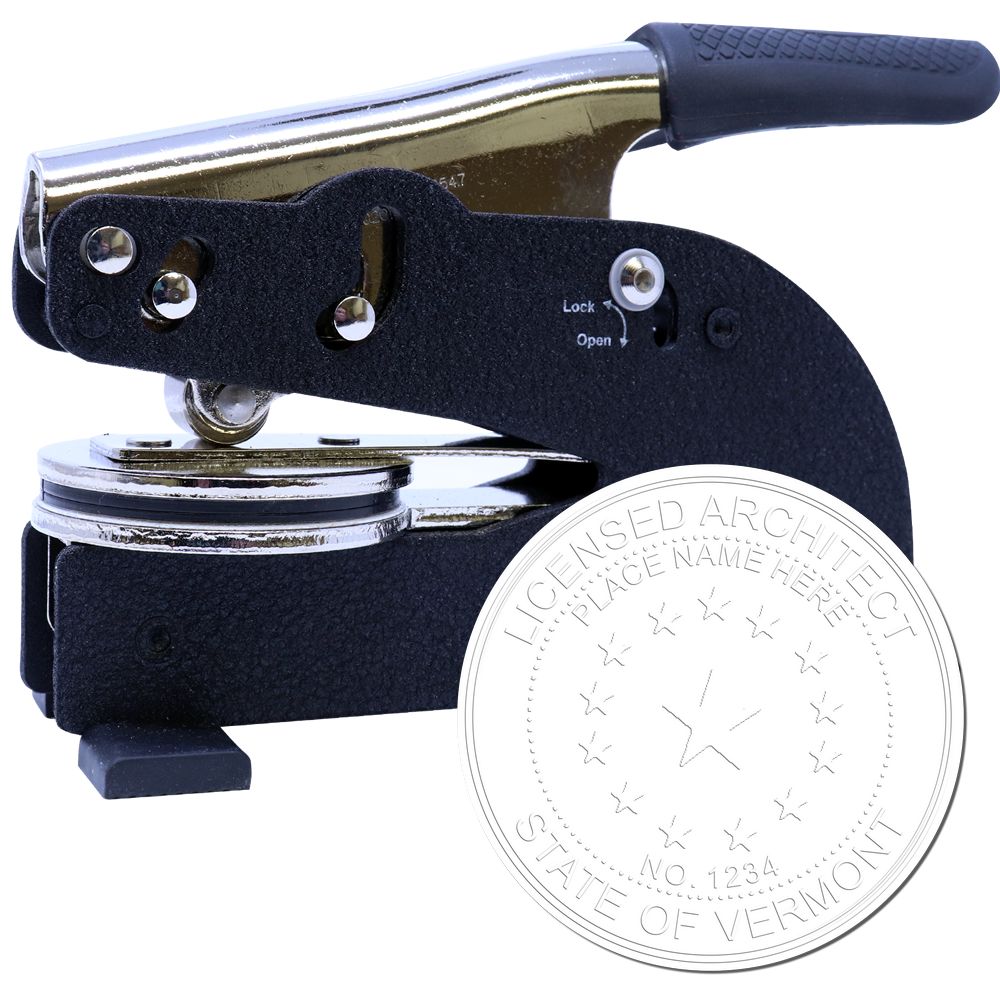
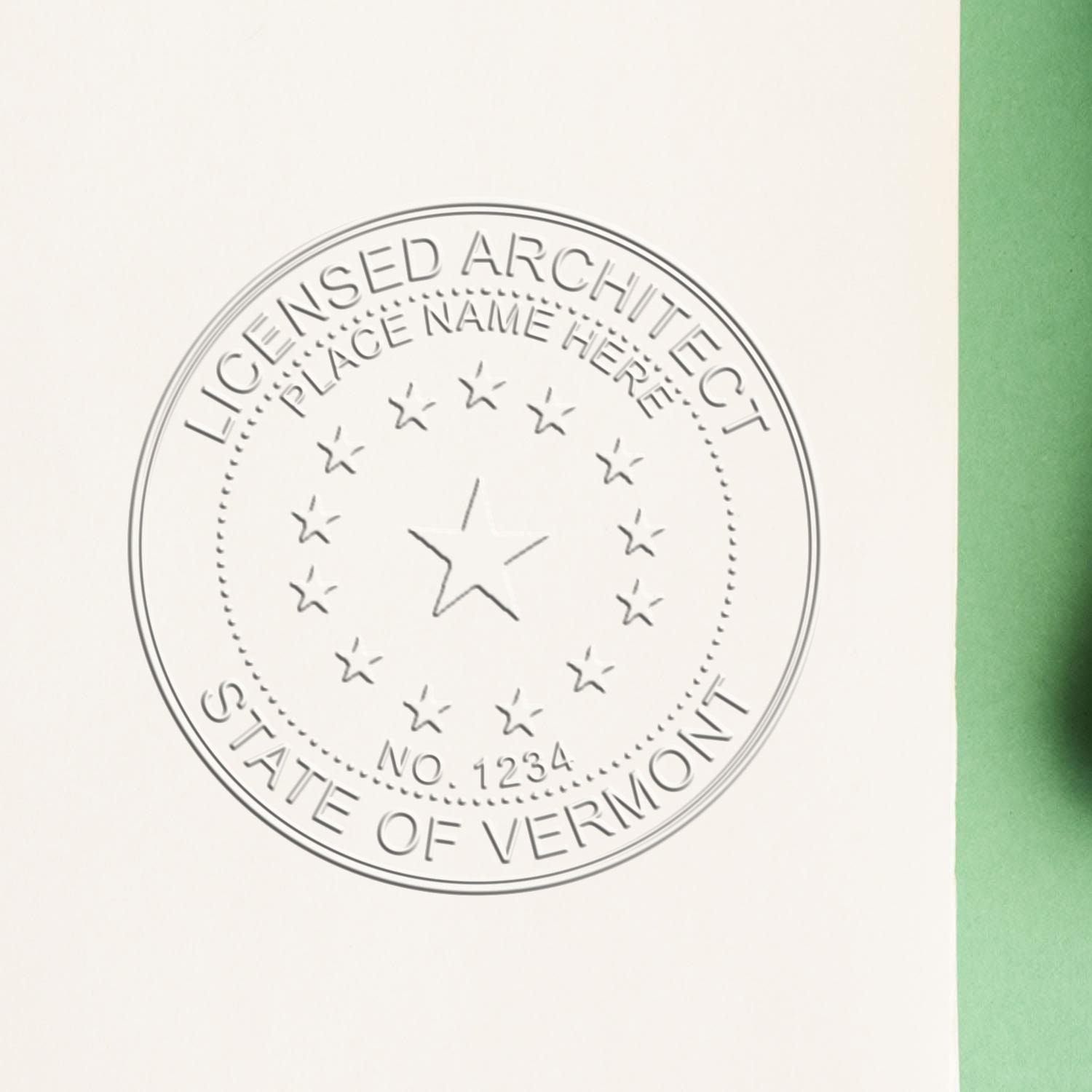
What are the consequences of improper stamp usage?
Improper usage of architect stamps in Vermont can have serious consequences. It is essential to adhere to the guidelines set by the Vermont Board of Architects to ensure the validity and legal standing of your documents. Using an incorrect or expired stamp, failing to include the required information, or using a stamp in an unauthorized manner can lead to legal and professional consequences. It's crucial to understand and follow the regulations and guidelines surrounding architect stamps to avoid any potential issues. If you have specific questions about the consequences of improper stamp usage, it's advisable to consult with the appropriate regulatory authorities or legal professionals.
By understanding the restrictions on stamp colors, the limitations regarding electronic or digital stamps, and the potential consequences of improper stamp usage, architects can navigate the Vermont architect stamp guidelines with confidence and compliance. For more information on Vermont architect seals, you can visit our article on Vermont architect seal.
About ESS
At Engineer Seal Stamps, we take pride in our expertise in creating custom rubber stamps, professional seals, and notary stamps that cater to the unique needs of engineers. Our company's commitment to delivering exceptional customer service has earned us a stellar reputation within the industry. Our team consists of highly skilled professionals with extensive knowledge in the stamp-making process, ensuring that each product we create meets the highest standards of quality.
We understand the importance of trust and confidence in our products, which is why we offer a state board guarantee on all our stamps. Our guarantee ensures that our stamps are compliant with state regulations, giving our customers peace of mind when it comes to their legal requirements. Additionally, we offer a quick turnaround on our products, ensuring that our customers receive their stamps in a timely manner, regardless of their location.
At ESS, we prioritize our customers' needs and go above and beyond to ensure their satisfaction. We take pride in our personalized approach to customer service, as we work with each customer to create a custom stamp that perfectly fits their needs. As a result, our customers can trust that they are receiving a stamp that not only meets their legal requirements but also represents the uniqueness of their profession. Overall, at Engineer Seal Stamps, our commitment to exceptional customer service, quality products, and quick turnaround sets us apart within the industry. We take pride in our work and strive to exceed our customers' expectations in every aspect of our business.

